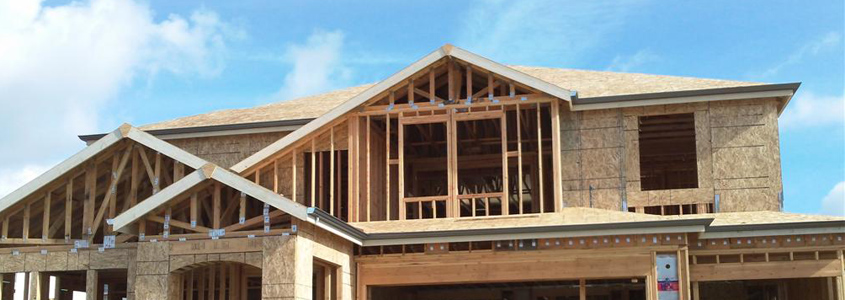Construction Defects Affect Real Estate Disclosures

Recently, the California Supreme Court in McMillin Albany LLC v. Superior Court confirmed that the Right to Repair Act (Act) is an exclusive means to recovery for damages. Even if a plaintiff tries pleading around it, the builder can enforce it. A property damage suit is subject to the Act’s pre-litigation procedures, and a stay of the lawsuit is in place until repair procedures are followed. A “stay” means that litigation is on hold until a contractor is given the chance to fix the problems. However, it does not give a listing agent a pass to ignore repair demands in common areas or other units. Association repairs affect all owners.
The Right to Repair Act is codified in Cal. Civ. Code § 895-945.5, and is commonly referred to as “SB800.” This law requires owners to engage in non-adversarial pre-litigation procedures to accommodate a builder’s absolute right to attempt repairs. A complex multi-party litigation (commonly called “Construction Defect”) generally means years of legal battles, experts detailing everything from soil movement to roof vents, and a parade of tool belts marching through common areas and peeking through door jams.
What This Means for Agents
A seller of a unit in a common interest development has both a common law and a statutory duty to disclose to the buyer any defects in the unit or the project that affects the value or desirability of the unit. Disclosures are a highly litigated subject, requiring a trier of fact to examine the facts on a case-by-case basis to determine liability.
Cal. Civ. Code § 1102.6, identifying disclosure forms, instructs the seller and agent where to disclose information. The duty includes a disclosure to the buyer regarding any litigation that affects the value or desirability to purchase. The details of a prior lawsuit alleging defects in the property/common area are not required. However, a seller has a common law duty to disclose the prior existence of such a construction lawsuit, if it is within the seller’s knowledge. In the case of Assilzadeh v. California Fed. Bank (2000) 82 Cal. App. 4th 399, 411, the court held that the bank satisfied its duty of disclosure by informing a buyer of the existence of the construction defect litigation and its settlement. At that point, the details of the suit were certainly within the diligent attention of the buyer, who could have examined the file in its entirety to learn all the details of the suit and its settlement.
A dose of common sense applies here. If listing agents come across a unit dealing with SB800, they should put themselves in the shoes of a potential buyer. Many of the alleged defects are not commonly visible to the naked eye. For instance, property defects related to building codes, such as the improper placement of handrails, is not easily discernible. But a buyer moving into their home will certainly feel the impact of property value decreases and experience a diminishing desirability to live among contractors and lawyers.
Generally, the HOA in a residential development may not have duty to disclose to a buyer. Yet, Cal. Civ. Code § 6150 requires the HOA to give written notice to its members prior to filing a civil action, notifying the member of a meeting that addresses defect claims. The duty to disclose is on the seller.
This article is for general information purposes and is not intended to be and should not be taken as legal advice, for each specific situation needs to be evaluated based upon the specific facts.
